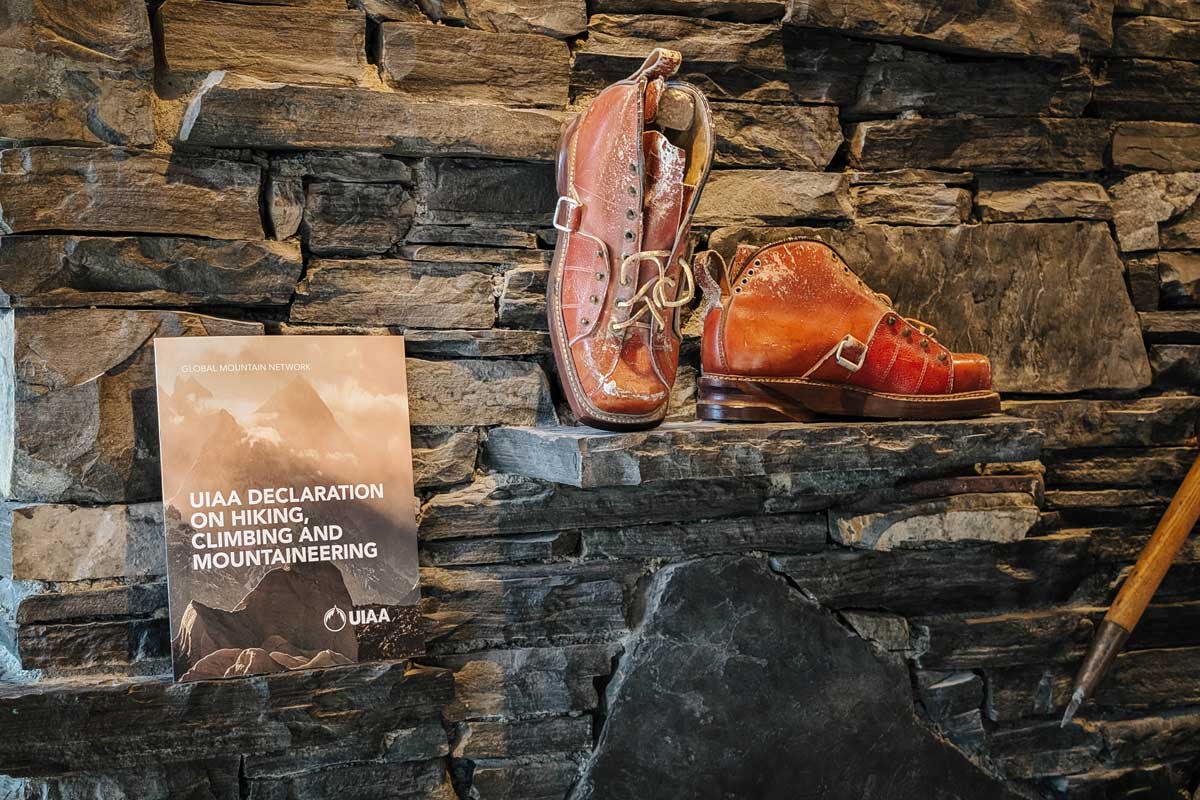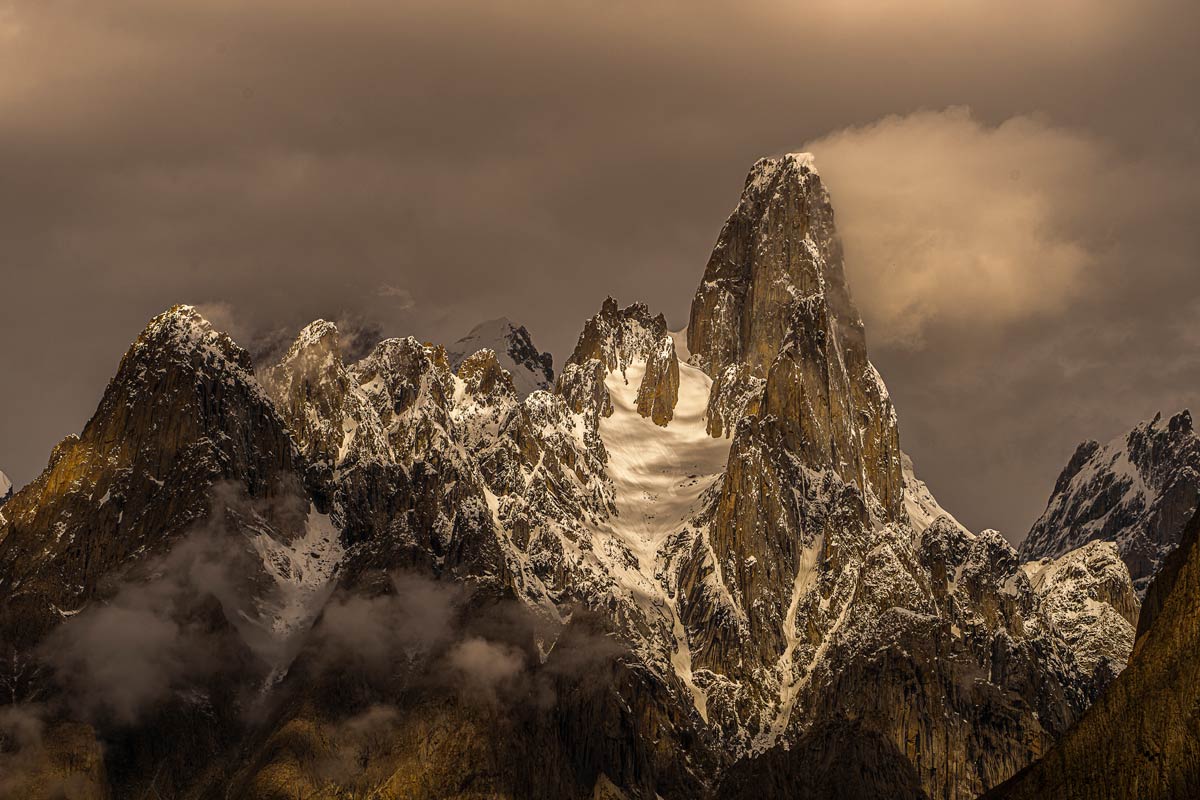The Eco Everest Expedition 2008, led by Dawa Steven Sherpa, has successfully field tested new equipment for environmentally friendly mountaineering. The expedition members and Sherpas tried out systems for disposal of human waste and rubbish, purifying water and using renewable energy for cooking and light.
“From my practical experiences on Everest I have developed what I would like to call the Eco Everest Model,” says Dawa Steven. “My aim was to show that with minimal extra expenses, any expedition can have a positive impact.”
One big environmental problem is the lack of facilities for disposing of human waste properly. Therefore the expedition members tested out a portable toilet called the Clean Mountain Can. This worked well, but was only used until Camp 2 as it was too big to be carried further. For the higher altitudes, the group brought Restop® bags, which are toilet bags which are sturdy and sealable and therefore can be carried back down. The group was happy with the system, and found the bags to be hygienic and practical.
Before he set off for the expedition, Dawa Steven met Bill Putnam, UIAA honorary member and past president of the American Alpine Club. Putnam challenged him to find a way of limiting the use of fossil fuel, something Dawa Steven had not considered before. Therefore the expedition tested out a portable parabolic solar cooker and a heat retaining box. The members concluded that the technology was simple and can be used both by expeditions and locals in their homes. According to Dawa Steven, one expedition will use up to twenty LPG cooking gas cylinders of 30 kilos each, representing a significant cost, both for the cylinders themselves and the connected wages for the porters. The solar cooker is therefore not only environmentally friendly, avoiding the release of harmful gases, but also cost effective.
The group also tried a new way to sterilise drinking water. A device called the SteriPEN uses ultraviolet light to destroy waterborne microbes. The device takes just 90 seconds to sterilise one litre of water and weighs less than 225 g. Another success was a solar lamp, which was charged using a portable solar panel, giving the battery about ten hours worth of good reading light.
One of the main projects of the expedition was to collect rubbish left by other expeditions and locals. “In recent years Himalayan expeditions have had a bad reputation and I wanted to convince everyone that our presence on the mountain can actually benefit them,” says Dawa Steven. A total of 965 kilos of garbage and debris were collected, including parts of the Italian army helicopter that crashed at Camp 1 in 1973 as well as 69 oxygen bottles. About USD 0.75 per kilo was offered to anyone bringing down rubbish left by previous expeditions. Also recovered were the remains of a dead climber at the bottom of the Khumbu Icefall, probably a member of the 1972 British Expedition. The remains were taken off the glacier and given a formal burial.
Dawa Steven’s family business will now be using the Eco Everest model on their other expeditions, and an Eco Everest Expedition 2009 is already planned.
The 11 member climbing team started from Everest Base Camp on April 18. The expedition also aimed to draw attention to climate change and raise funds for research on glacier lake outburst floods.
More information on the expedition can be found in the detailed report and on the EcoEverest website.


